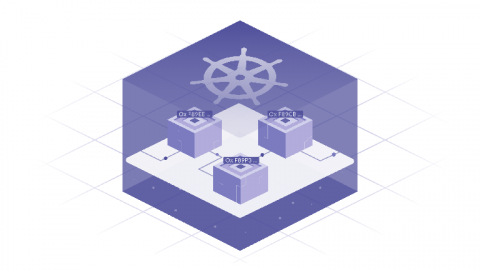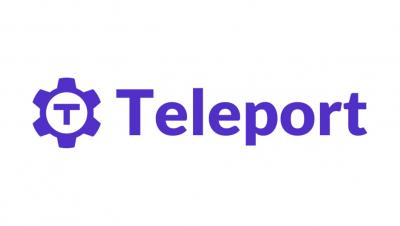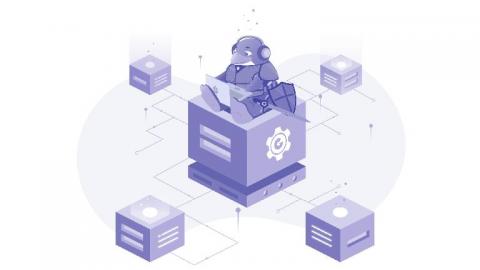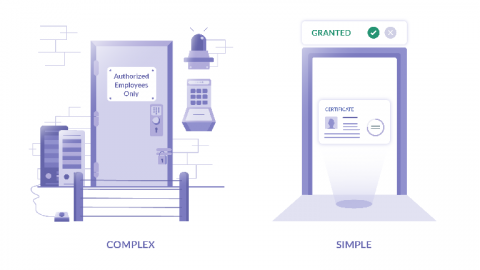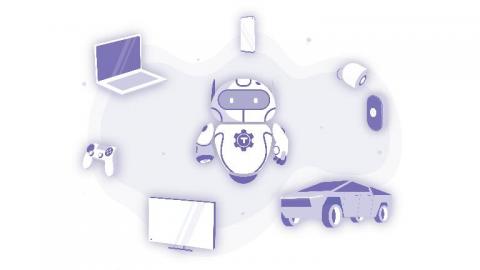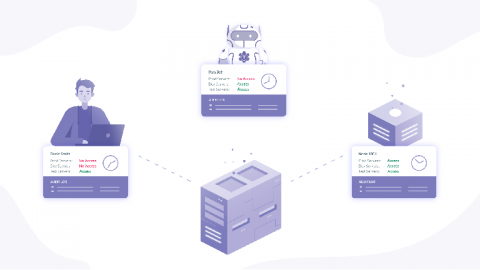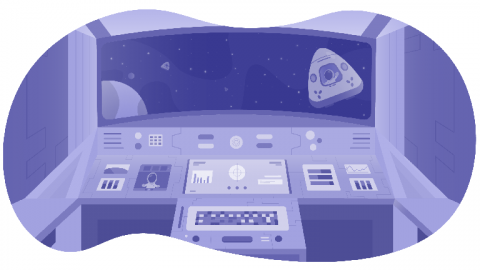Security | Threat Detection | Cyberattacks | DevSecOps | Compliance
Teleport
Why Blockchain Needs Kubernetes
In under five years time, Kubernetes has become the default method for deploying and managing cloud applications, a remarkably fast adoption rate for any enterprise technology. Amongst other things, Kubernetes’s power lies in its ability to map compute resources to the needs of services in the current infrastructure paradigm. But how does this tool work when faced with the new infrastructure layer that is blockchain? Can the two technologies be used in conjunction?
Gravitational Teleport: Zero Trust Access that does not get in the way.
How We Built SELinux Support for Kubernetes in Gravity 7.0
As one of the engineers on the Gravity team here at Gravitational, I was tasked with adding SELinux support to Gravity 7.0, released back in March. The result of this work is a base Kubernetes cluster policy that confines the services (both Gravity-specific and Kubernetes) and user workloads. In this post, I will explain how I built it, which issues I ran into, and some useful tips I’d like to share. Specifically, we will look at the use of attributes for the common aspects of the policy.
Solid Infrastructure Security without Slowing Down Developers
In this post, I want to share my observations of how SaaS companies approach the trade-off between having solid cloud infrastructure security and pissing off their own engineers by overdoing it. Security is annoying. Life could be much easier if security did not get in the way of getting things done.
How to SSH into a Self-driving Vehicle
Over the last couple of years, we’ve started to see computers take to the street, and lucky for us, it’s been mostly to help us get deliveries or transport us around. These robots are a combination of sensors, compute units, and some form of connectivity. They have personalities, and if you look closely, two cute eyes on Postmates’ Serve that provide it with stereo vision to navigate the streets.
From Zero to Zero Trust
Blockchain, IOT, Neural Networks, Edge Computing, Zero Trust. I played buzzword bingo at RSA 2020, where the phrase dominated the entire venue. Zero Trust is a conceptual framework for cybersecurity that characterizes the principles required to protect modern organizations with distributed infrastructure, remote workforces, and web connected applications.
Surviving The Upside Down
If you were running a business that was not oriented to remote work, it has been completely turned upside down. Even if you were “remote-only”, it is likely going to be tough sledding for the foreseeable future given the resulting economic downturn.



